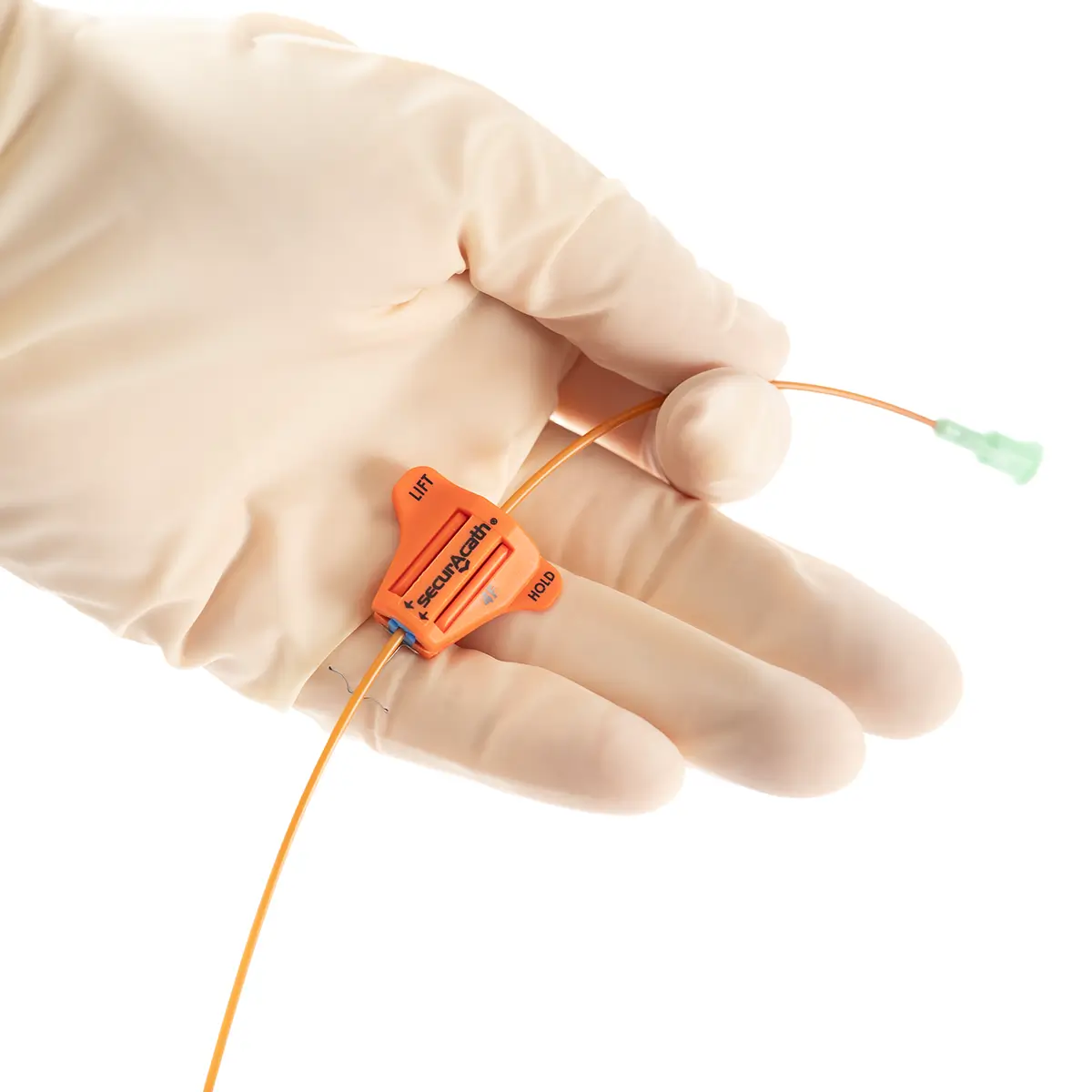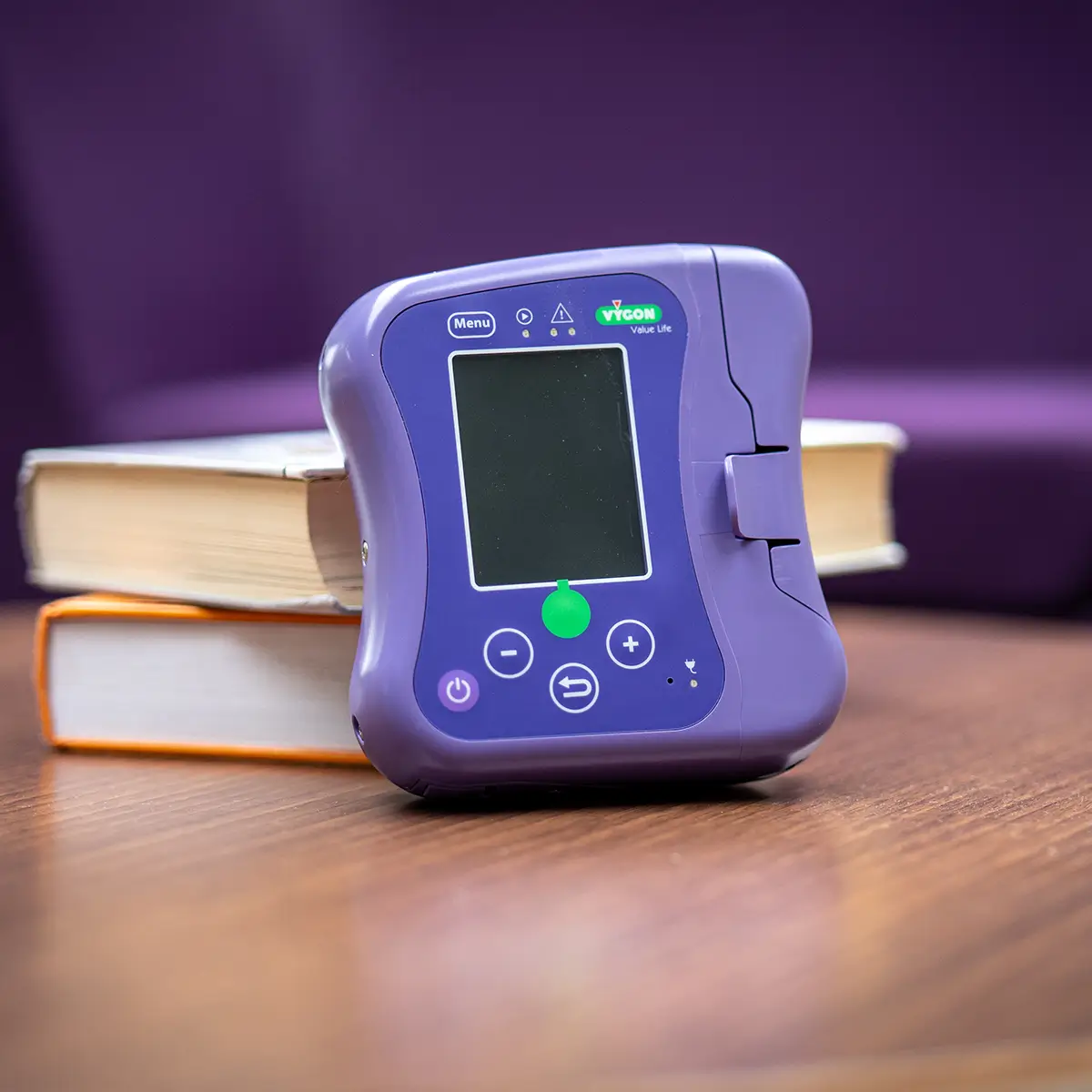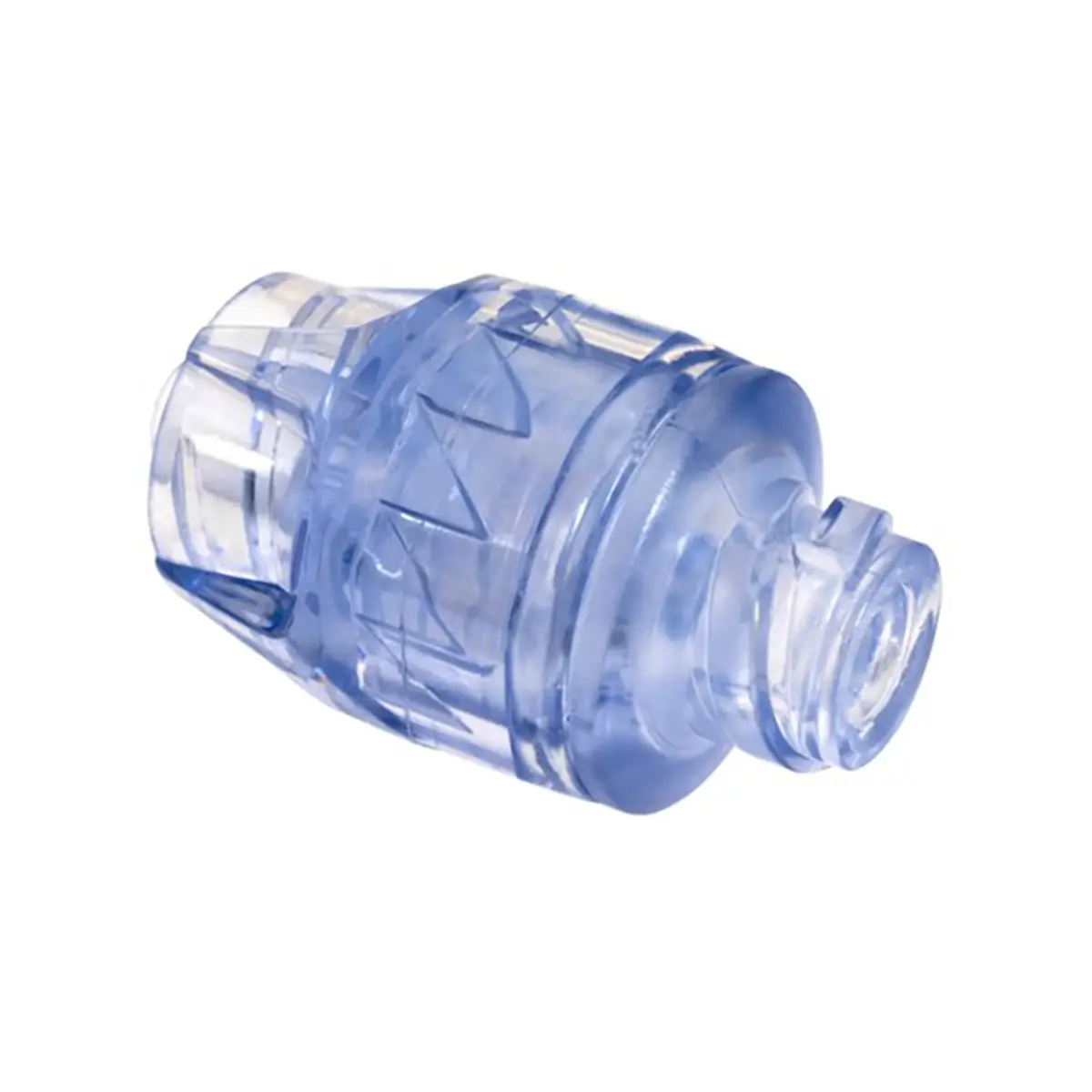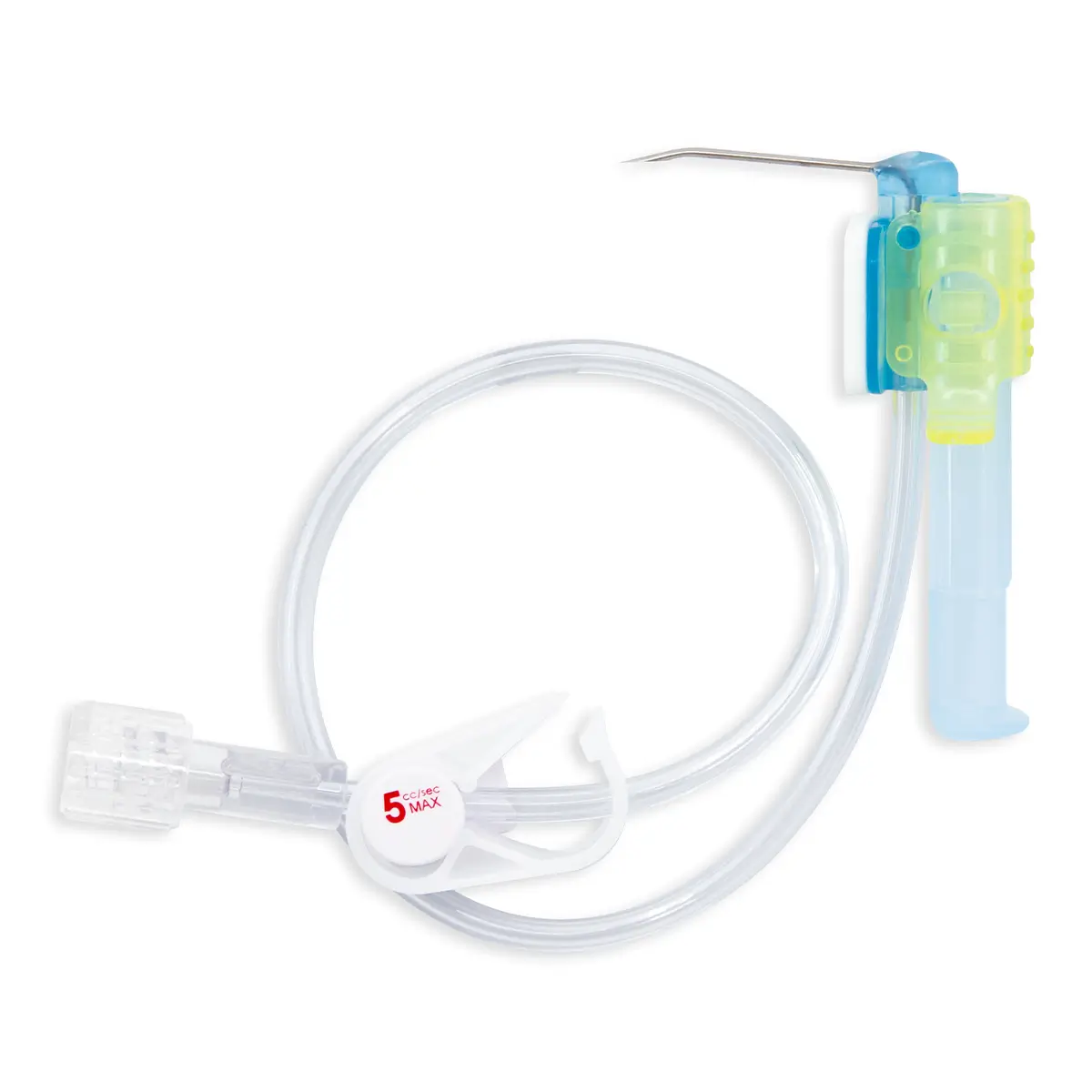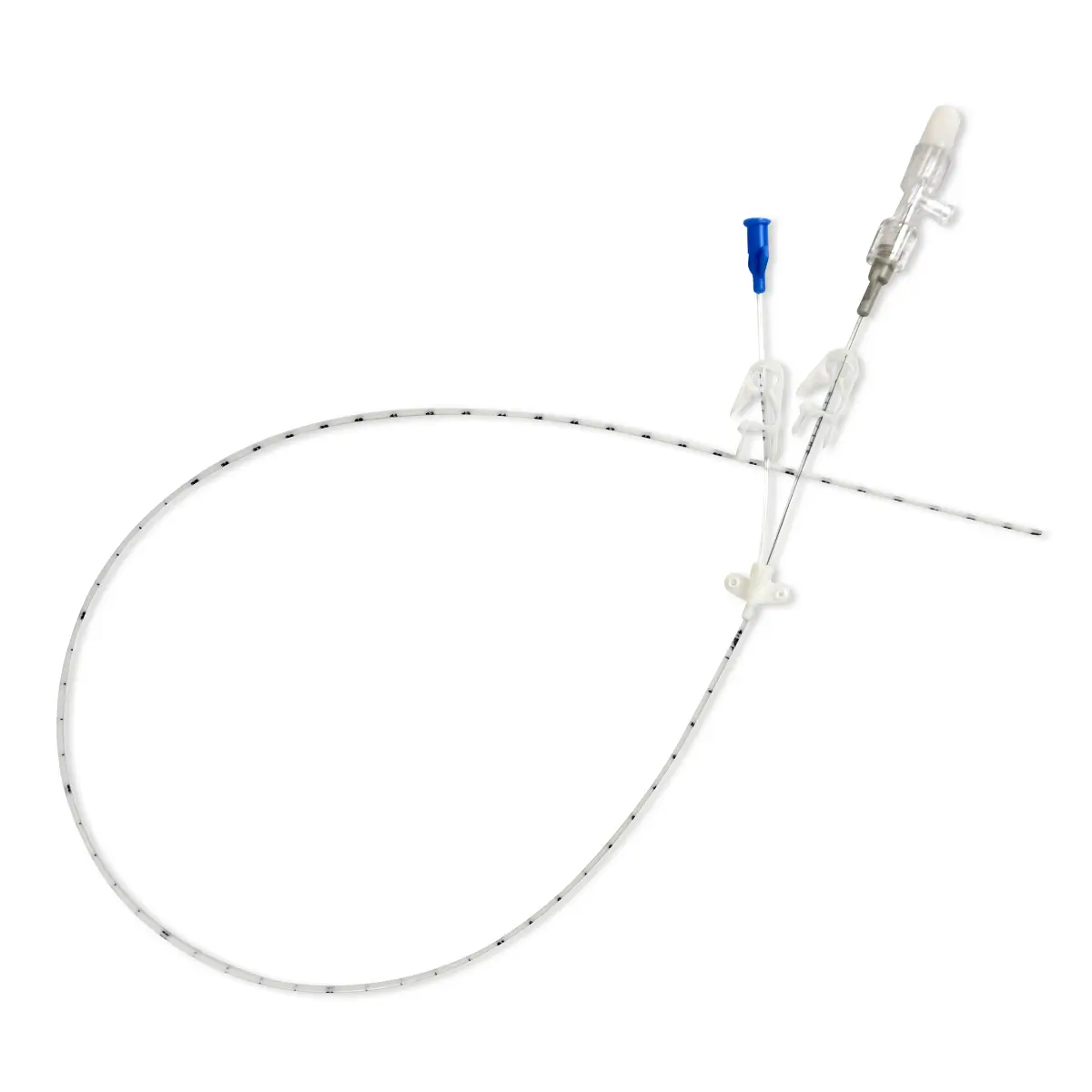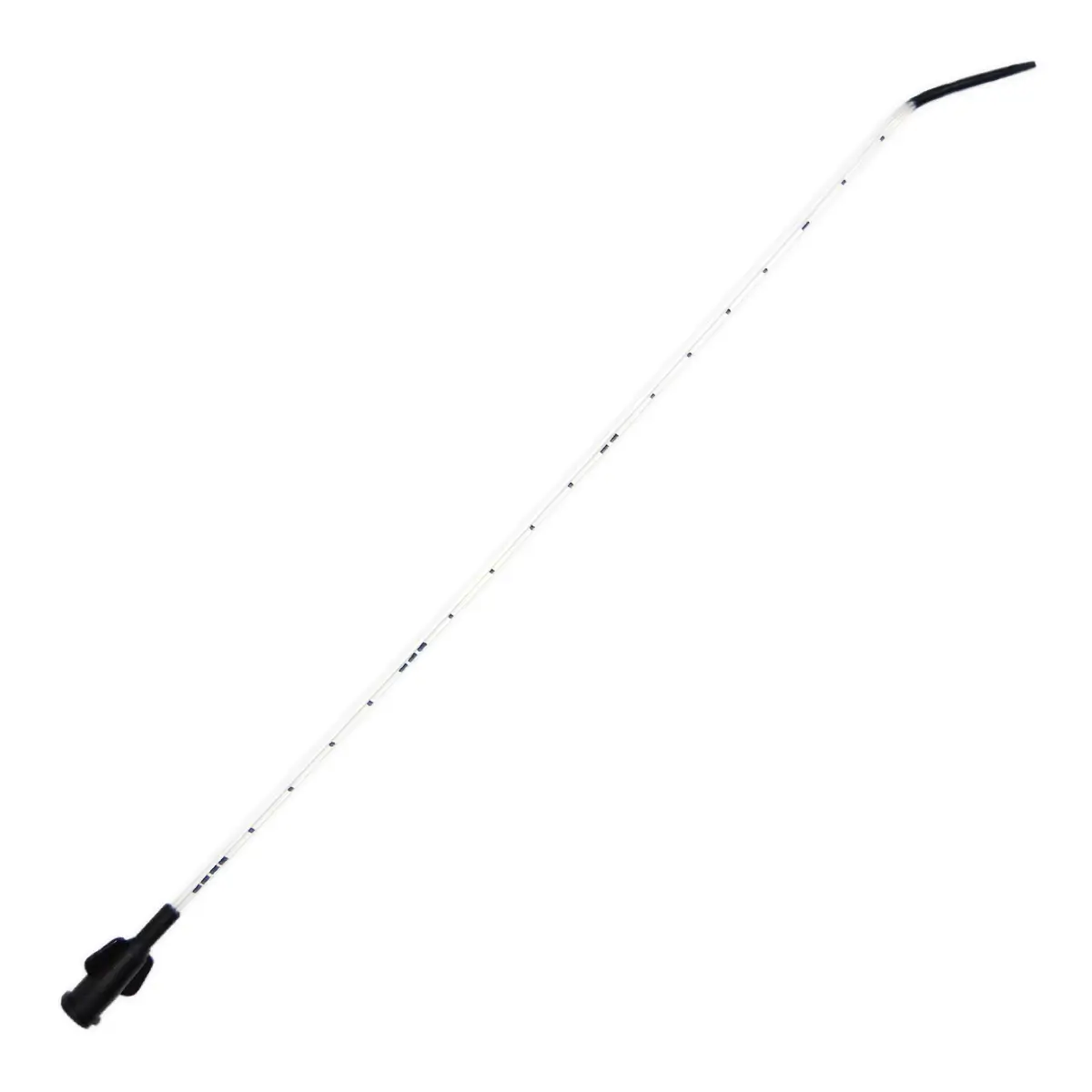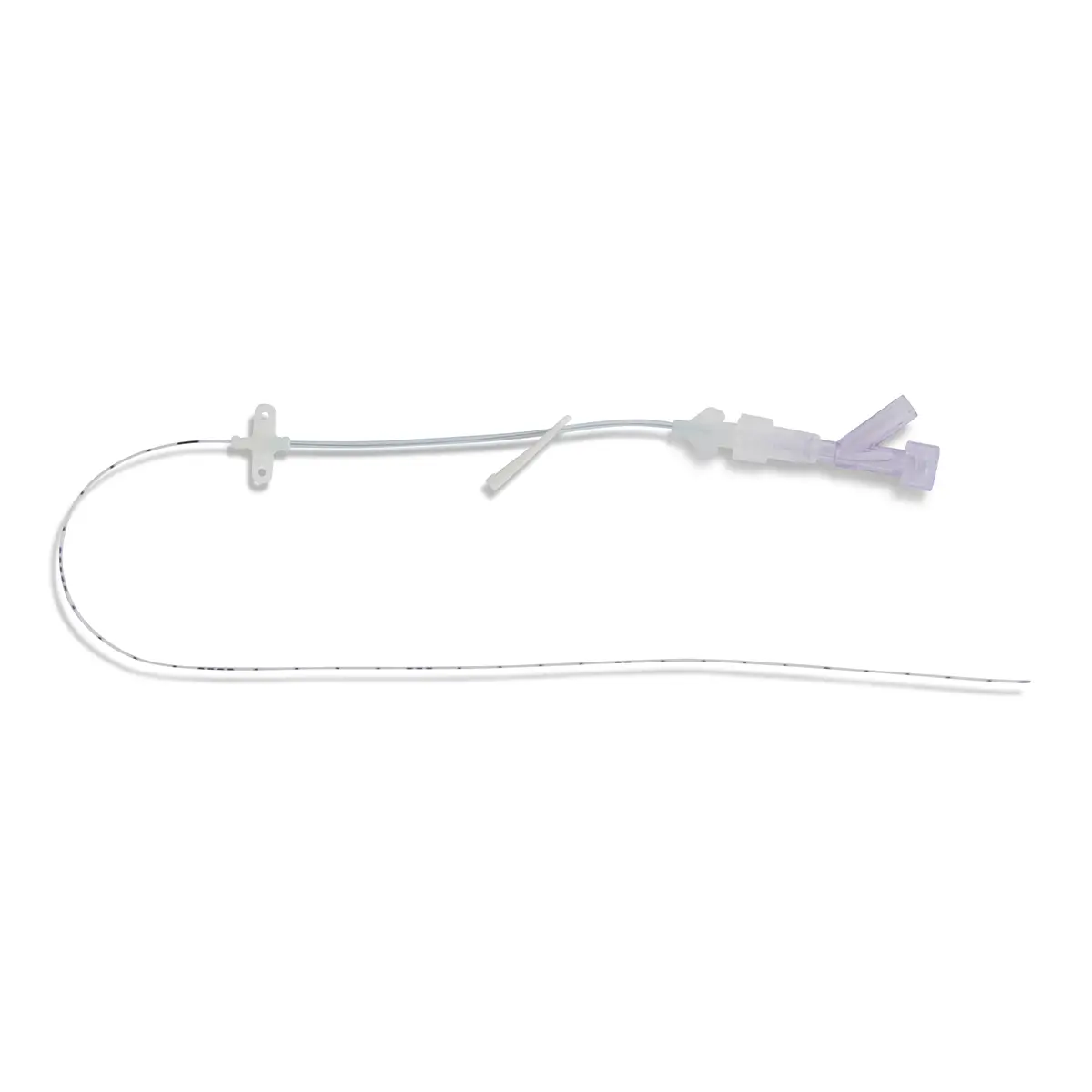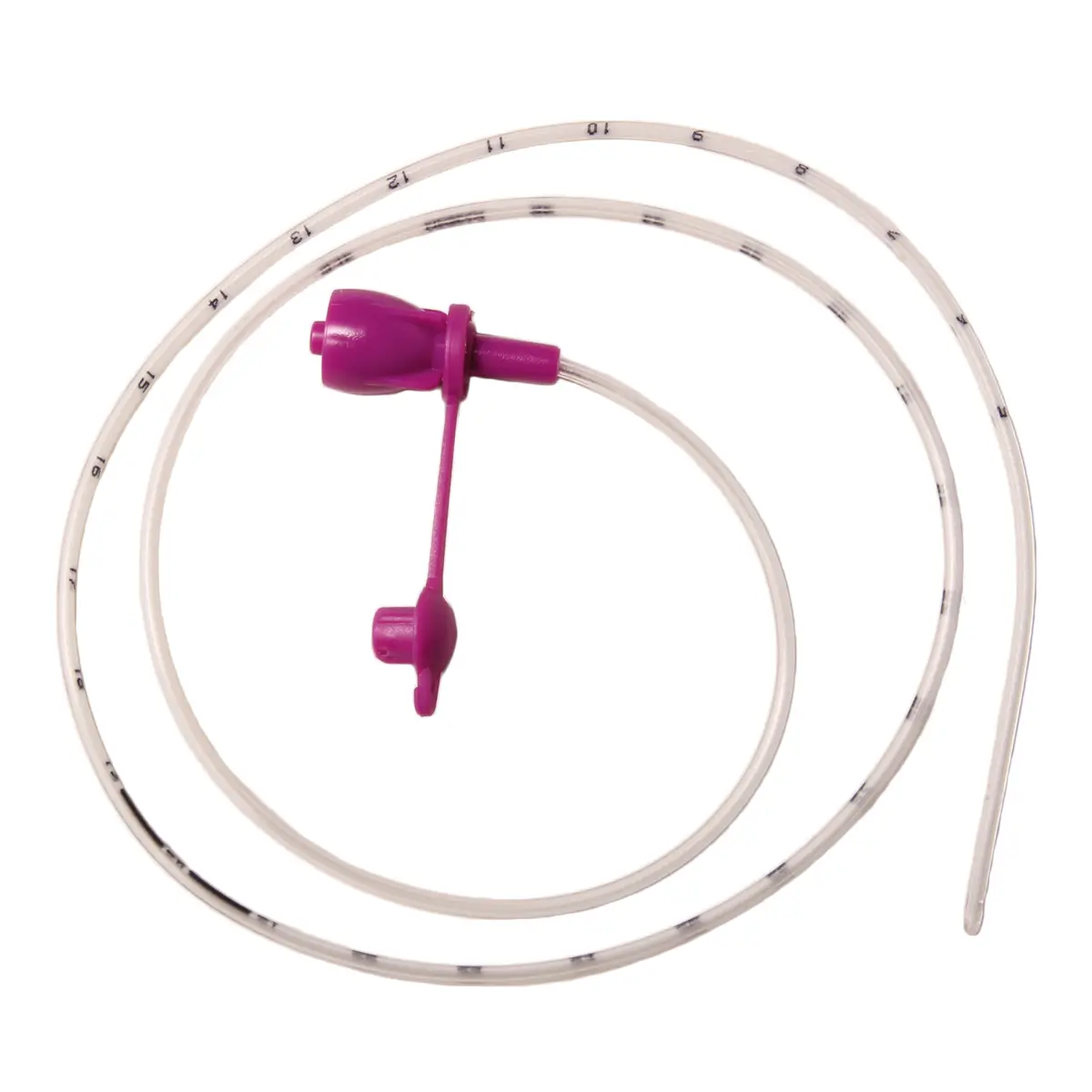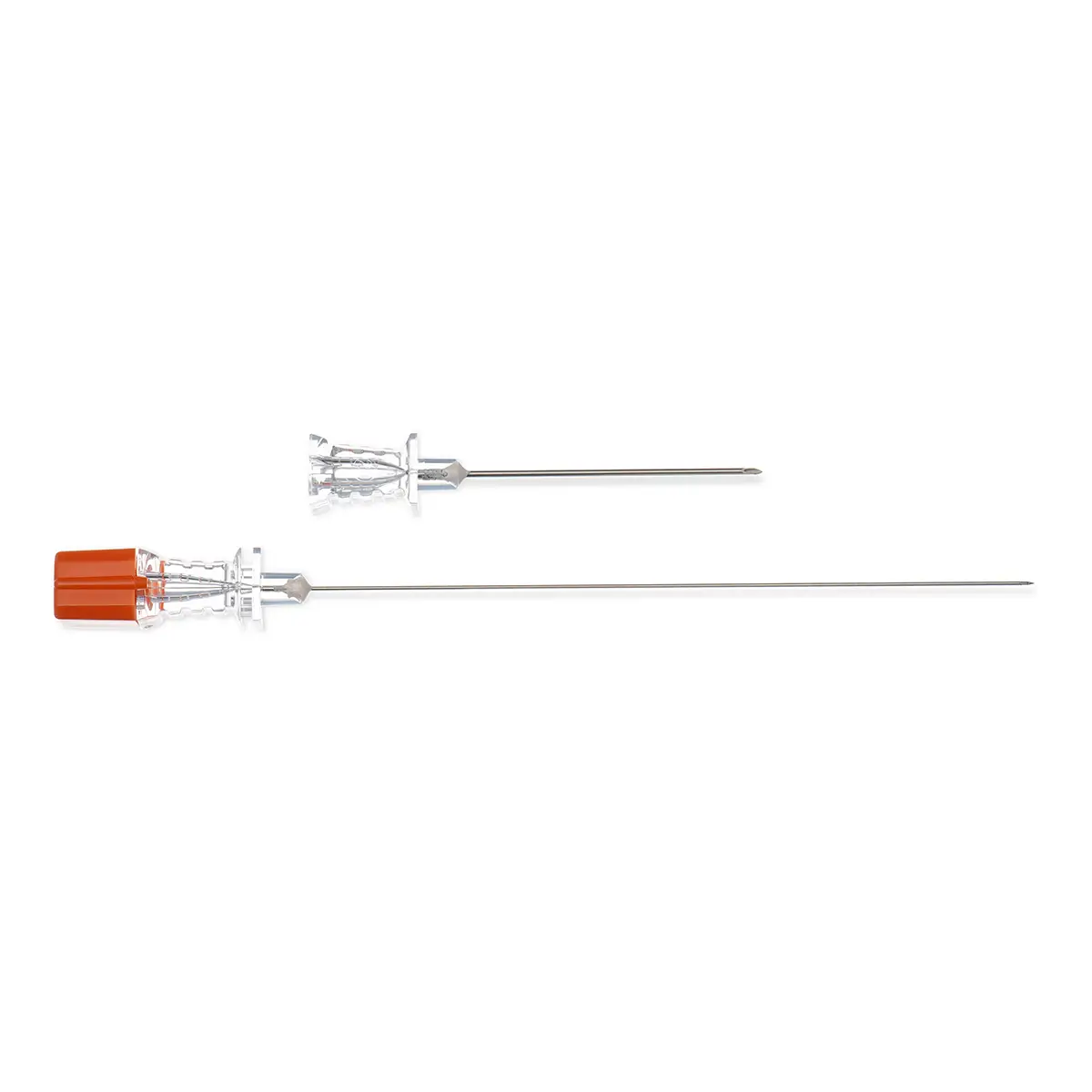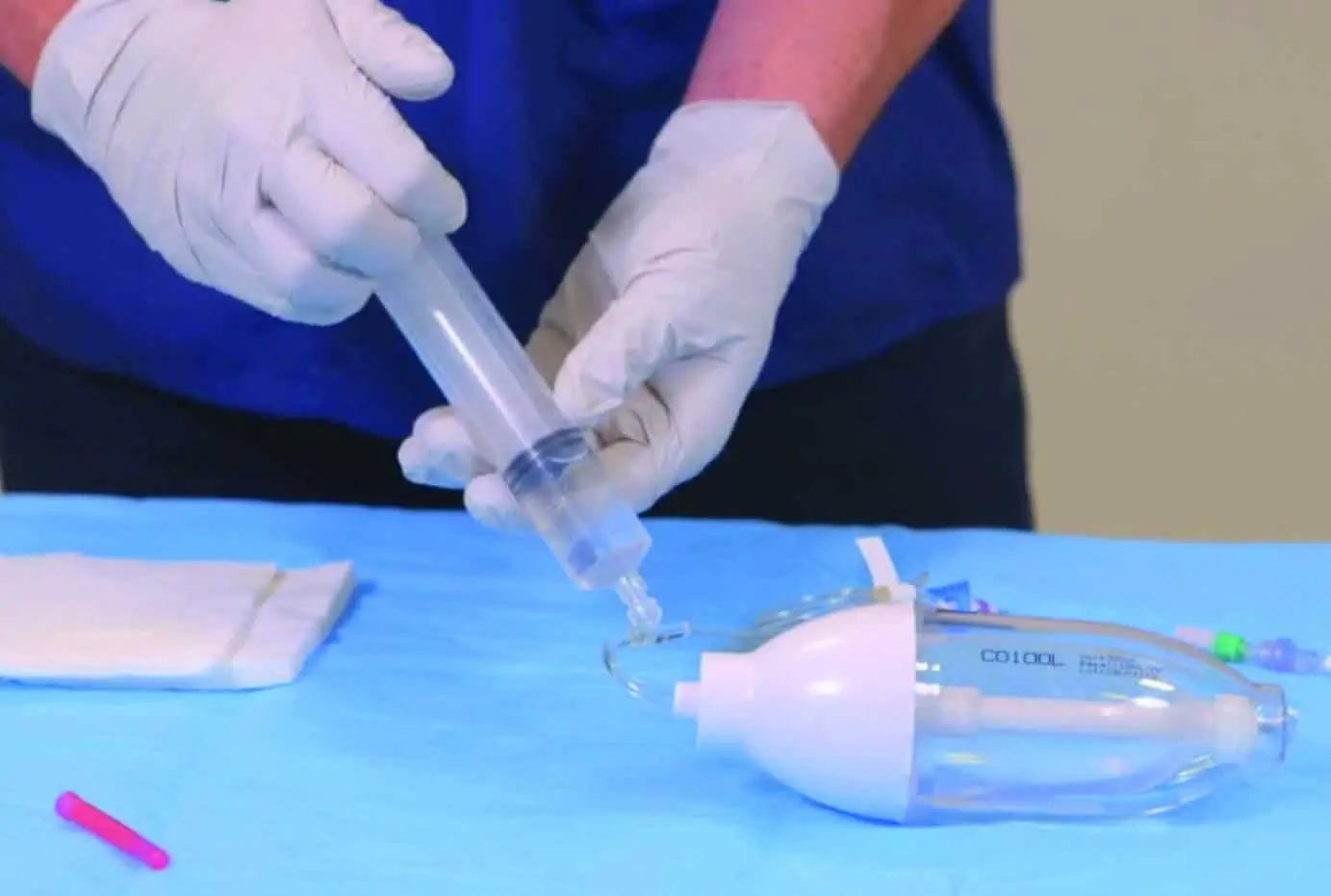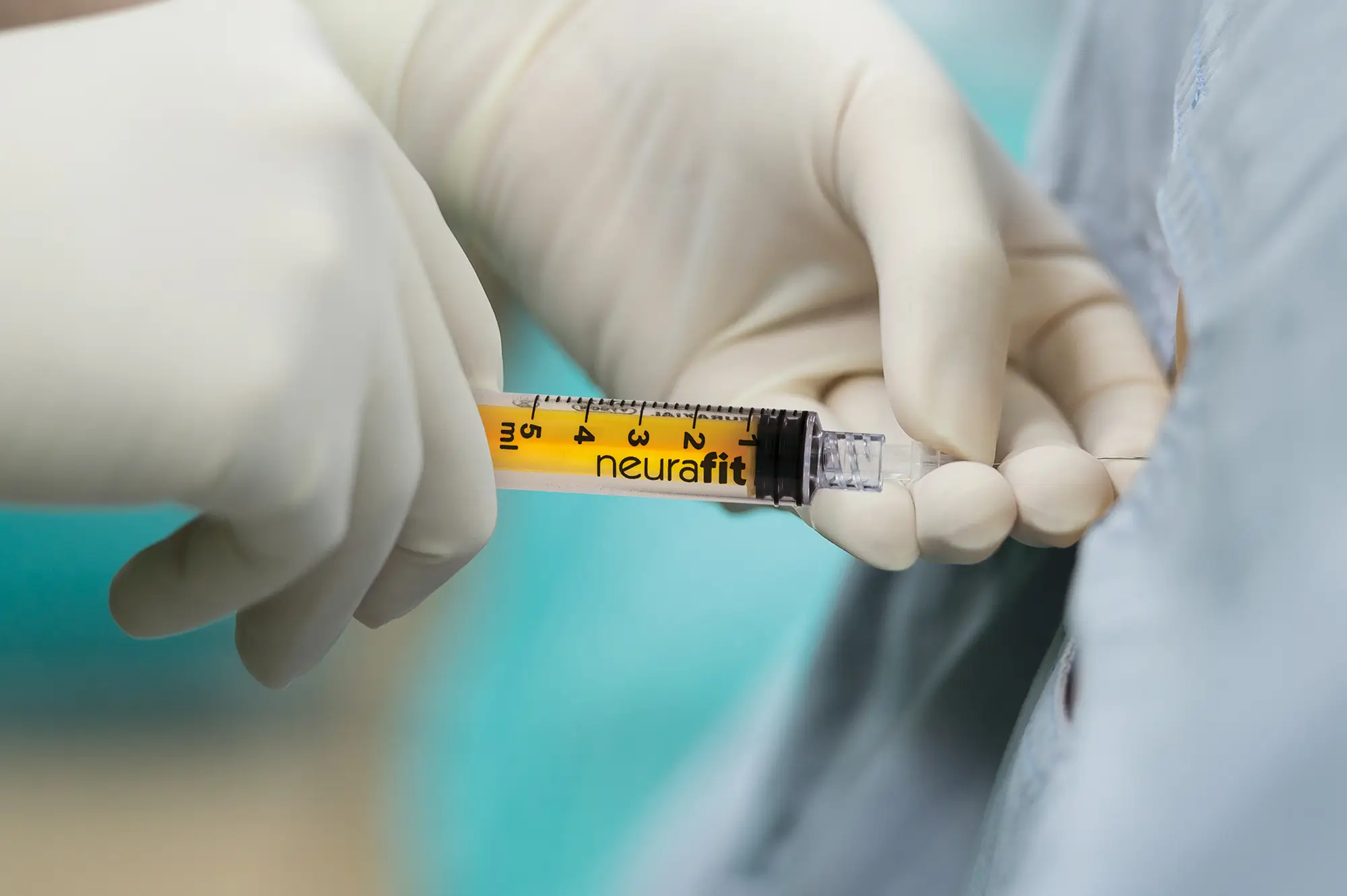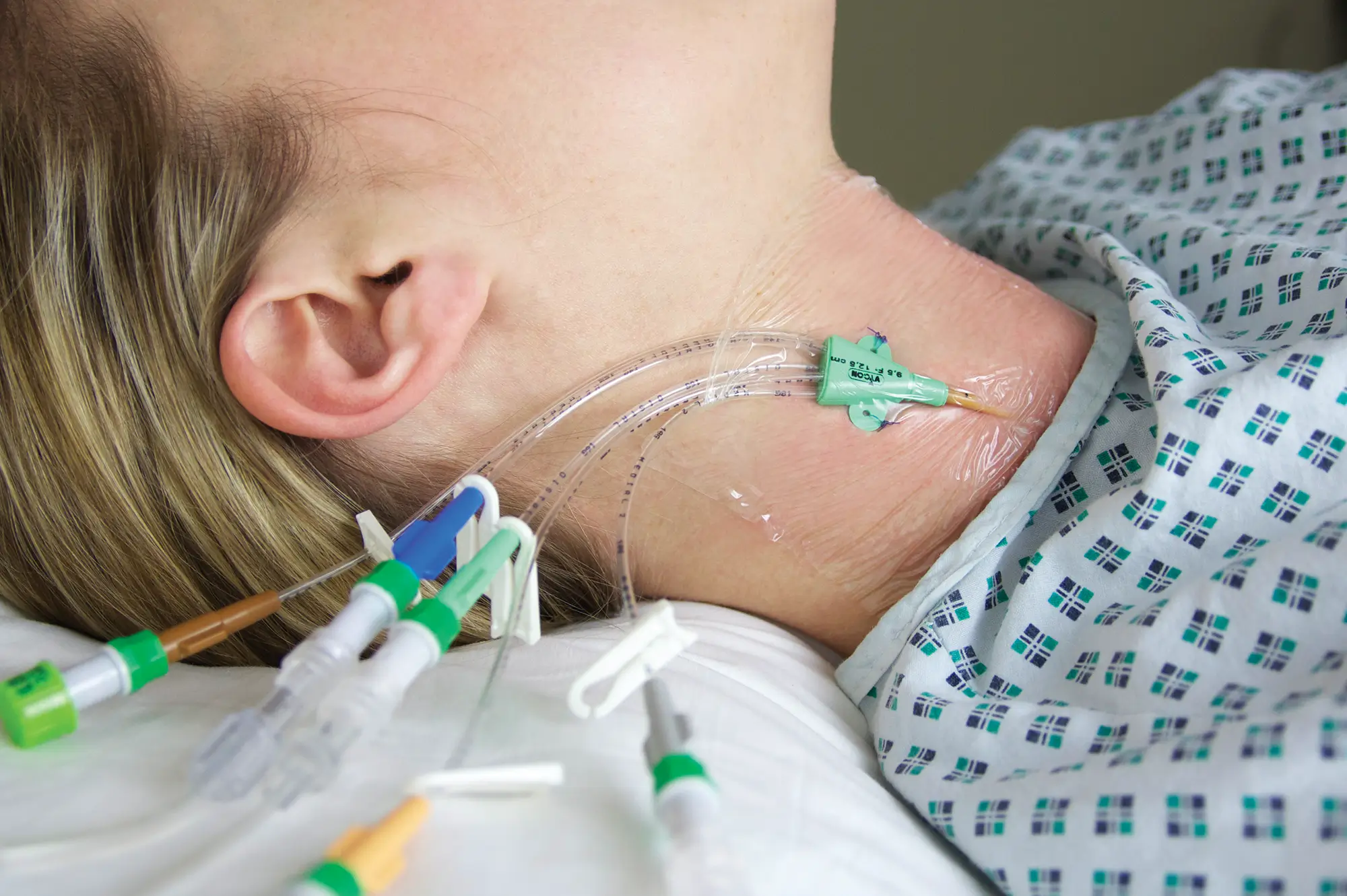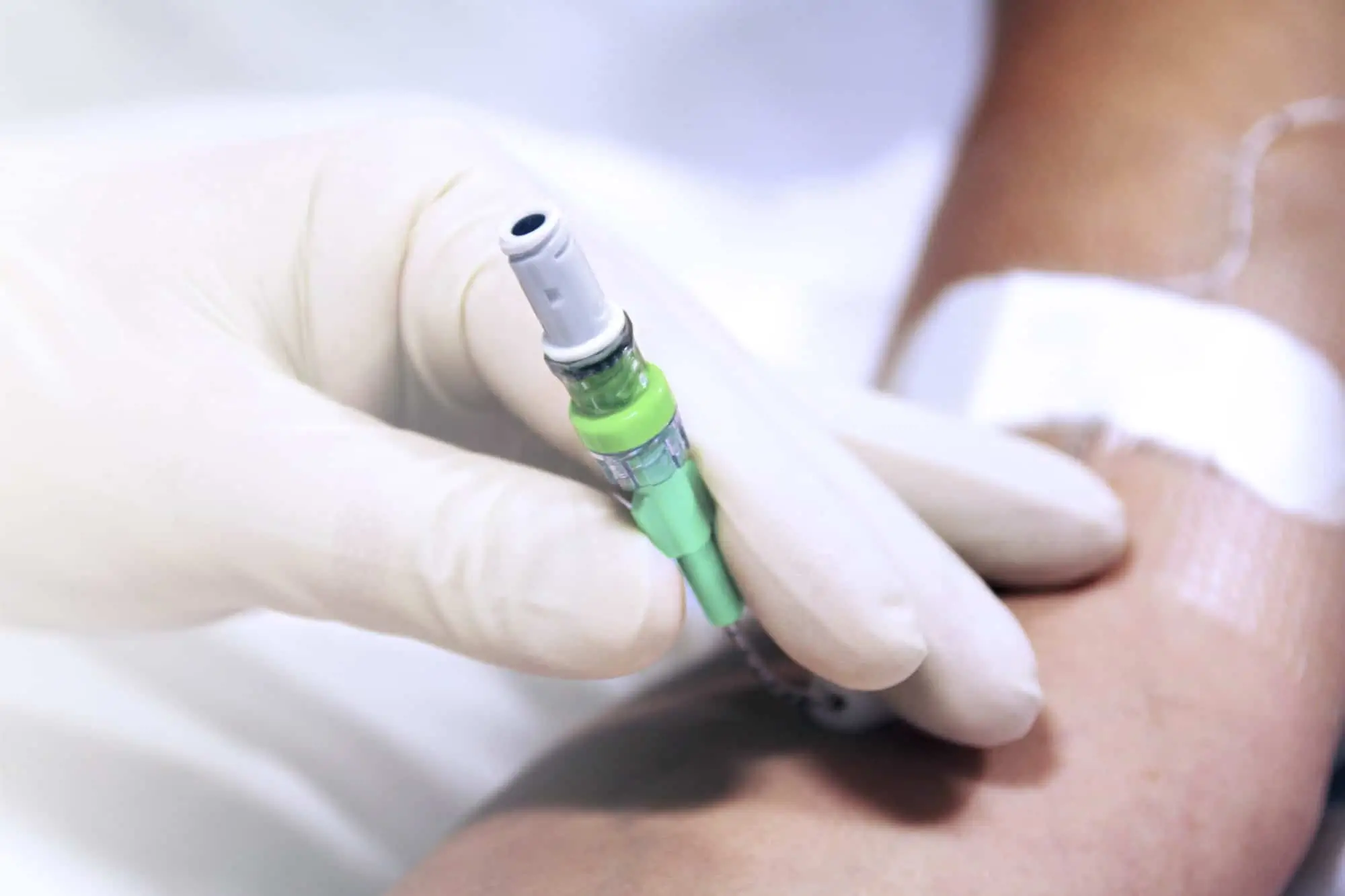Long-term COVID patients benefit from Vygon’s Smartmidline®at Scottish hospital

Long-term COVID patients benefit from Vygon’s Smartmidline® at Scottish hospital
June 2021
Introducing Vygon’s Smartmidline® for long-term COVID patients at University Hospital Hairmyres is delivering continuous life-saving IV therapies without the pain and discomfort of repeat peripheral cannulation or the complication of arranging PICC placement.
The switch to Smartmidline® at Hairmyres, one of three district general hospitals within NHS Lanarkshire providing health and medical services to 655,000 people across the central lowlands of Scotland, is being managed by Fluid Nurse Specialist Amanda Byers.
Amanda implemented the programme alongside Consultant Anaesthetists Dr Duncan Allen and Dr Grant Haldane who recognised the benefits of using midlines in long-term COVID patients requiring ongoing IV access, but not necessarily central access.
Central lines are widely used in critical care for patients requiring specific drug therapy which can only be given centrally. These lines are required to be renewed every 7 days for infection reasons. During the second wave of the COVID pandemic, the hospital had a number of long-term COVID patients in ICU who no longer required central access, but remained on a ventilator, thus still requiring ongoing IV access.
“Whilst seconded to the ICU, Amanda observed that once a central line was removed, patients with difficult IV access, or patients who required IV access for ongoing treatment, were experiencing repeated failed peripheral cannulations or being referred for PICC lines. But, due to the limits with allocated time slots for PICC line placement within a busy interventional radiology suite, patients were having to wait which meant they were receiving repeated cannulations in vessels that are already compromised and difficult to access. This has the potential to delay treatment being given.
The patients would need to leave ICU to attend the interventional radiology suite to have the PICC line placed. Apart from the logistical challenges this would bring, the patients would need to be transferred on a portable ventilator with a full transfer team. These patients are still COVID positive so this presents its own challenges for transfer and the use of other departments.”
The use of midlines within Hairmyres was already established by Amanda and Dr Haldane, for use in Vascular patients initially. Amanda had several meetings within the hospital prior to COVID, involving senior nursing staff, infection control leads as well as consultants, to discuss the midline service, ensuring there was adequate support going forward.
Amanda completed Vygon’s comprehensive eLearning training package for midline insertion and care and maintenance of lines, along with training on the use of ultrasound. It was agreed that Amanda would have the support and supervision of Consultant Anaesthetists Dr Haldane and Dr Allen when placing the midlines.
As a result, the hospital has a standard operating procedure (SOP) for midlines in place, along with a comprehensive care plan for use by the nursing staff daily to ensure appropriate care of the lines. Extensive training has been provided within the Vascular ward.
It was during her redeployment to ICU throughout the pandemic that Dr Allen and Amanda recognised that midlines could provide benefits for long-term COVID patients in the ICU who required ongoing IV access as a step down from central access. Amanda was further encouraged to look more closely at this alternative to IV access by the experience of fellow Fluid Nurse Specialist, Emily Ridley, who had successfully implemented the service in NHS Fife.
Amanda added:
“It occurred to us that the midlines were an invaluable option as they could easily be placed at the patient’s bedside, therefore there was no need to organise transfers to another department. We have a number of ANP’s within the ICU setting so there are plenty of appropriately trained staff that can safely place the lines.
Plus, we have exclusive access to ultrasound machines within ICU and have the skills within the department to place these lines safely. The Smartmidline® allows precise placement by ultrasound and can remain in situ for 29 days so we also reduce the requirement for repeated cannulations in patients where IV access is already compromised.”
Other benefits realised with the implementation of Smartmidline® include the reduced hours spent by medical staff trying to cannulate those with compromised vessels and also having to recannulate if the need for a PIVC was ongoing.
The first line was placed on the 29th December 2020.
“They were all very straightforward to insert. The lines were placed in patients who were awake, albeit still on a ventilator. They found the process very comfortable with no real pain from the insertion. One lady had several attempts at peripheral cannulation previously so she was delighted to have a definitive line in place. Her line remained in situ for the remainder of her hospital stay and was removed when she was discharged.
One of the Smartmidlines® was placed in a perioperative patient with poor venous access who required ongoing IV access for a particular treatment. We discussed it with the patient and the Surgeons and it was decided that a midline would be appropriate for this patient. The insertion was very straight forward and the line remained in place until her discharge.”
Amanda has set up an audit database recording each line placed, reason for the line, any issues placing the lines, due date for removal and reason for removal along with reviews of adherence to maintenance bundles. They are also testing each line tip on removal, for culture and sensitivity, to ensure they are maintaining a good technique when inserting the lines
and caring for them, therefore reducing the occurrence of SAB infections.
Since returning to her role as IV Fluid Nurse Specialist, more Smartmidlines® have been placed within the Vascular ward and the service is beginning to grow. Now confident with Smartmidline®, the plan is to roll out the service across the hospital.
“We are now recognising these patients at an early stage in their admission and midlines are being placed timely to allow their IV treatment to commence. There is a good discussion on the ward round regarding vascular access and the Nursing staff are instigating the use of Smartmidlines® in patients with difficult venous access as well as those patients who have a plan in place for prolonged IV therapy.
My role is moving to incorporate complex nutrition so the midline service will be invaluable in the extension of my responsibilities.”
The use of Smartmidlines® as an appropriate vascular access device for ongoing peripheral IV access provides benefits to both patients and hospital clinicians. The placement of Smartmidlines reduces the need for repeated painful cannulations or PICC placement when central access is not required, can be placed at the bedside once the central line is removed
and vital IV treatments can be administered without delay.
Learn more
If you would like to speak to a Vygon representative regarding how our Vascular Access products can support your Trust, please complete the form below.


